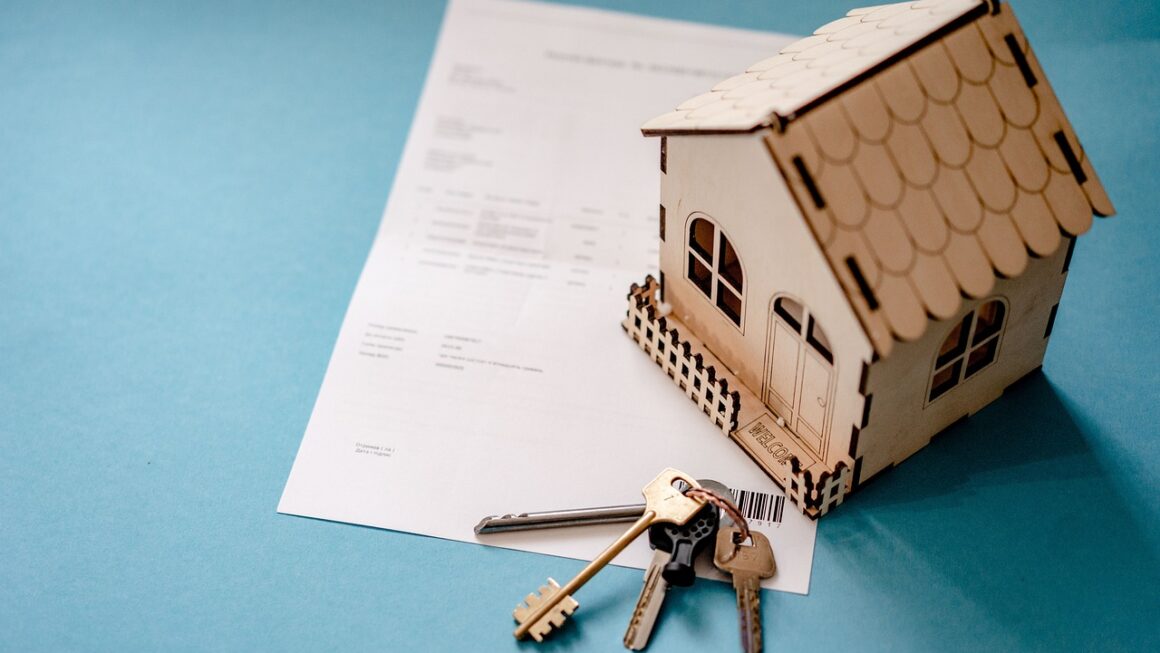Achieving financial health is a journey, not a destination. It’s about building strong financial habits, making informed decisions, and understanding your relationship with money. It’s not just about how much money you make, but how well you manage what you have. A strong foundation of financial health can lead to reduced stress, increased opportunities, and a greater sense of security. This guide will provide you with actionable steps to take control of your finances and build a healthier financial future.
Understanding Your Current Financial Situation
Before you can improve your financial health, you need a clear picture of where you stand. This involves assessing your income, expenses, assets, and liabilities. Think of it as taking a financial snapshot of your life.
Creating a Budget
A budget is the cornerstone of financial health. It allows you to track your income and expenses, identify areas where you can save money, and ensure you’re living within your means.
- Track Your Income: List all sources of income, including salary, investments, and any side hustles.
- Categorize Your Expenses: Divide your expenses into categories like housing, transportation, food, entertainment, and debt repayment. Use budgeting apps like Mint or YNAB (You Need A Budget) to automate this process.
- Analyze and Adjust: Compare your income and expenses. Are you spending more than you earn? Identify areas where you can cut back. For example, can you dine out less frequently or find cheaper alternatives for entertainment?
- Example: Let’s say you earn $3,000 per month after taxes. Your essential expenses (housing, utilities, transportation) total $2,000. Your remaining $1,000 needs to cover food, entertainment, debt payments, and savings. If you’re spending $500 on entertainment alone, you know you need to re-evaluate that area.
Calculating Your Net Worth
Your net worth is a measure of your overall financial health. It’s the difference between your assets (what you own) and your liabilities (what you owe).
- List Your Assets: Include everything you own that has value, such as cash, investments (stocks, bonds, real estate), and personal property (cars, jewelry).
- List Your Liabilities: Include all your debts, such as mortgages, student loans, credit card balances, and personal loans.
- Calculate the Difference: Subtract your total liabilities from your total assets. A positive net worth means you own more than you owe. A negative net worth means you owe more than you own.
- Example: You own a house worth $300,000, have $50,000 in investments, and $10,000 in cash. Your assets total $360,000. You have a mortgage of $200,000 and student loans of $30,000. Your liabilities total $230,000. Your net worth is $360,000 – $230,000 = $130,000.
Understanding Your Credit Score
Your credit score is a numerical representation of your creditworthiness. Lenders use it to assess the risk of lending you money. A good credit score can help you get lower interest rates on loans and credit cards.
- Check Your Credit Report: You are entitled to a free credit report from each of the three major credit bureaus (Equifax, Experian, TransUnion) once per year at AnnualCreditReport.com.
- Identify Errors: Review your credit reports for any errors, such as incorrect account information or late payments that weren’t your fault. Dispute any errors you find.
- Understand the Factors that Impact Your Score: Payment history, credit utilization (the amount of credit you’re using compared to your credit limit), length of credit history, credit mix, and new credit all play a role.
- Actionable Takeaway: Regularly monitor your credit report for errors and work to improve your credit score by paying bills on time and keeping your credit utilization low (ideally below 30%).
Building a Solid Financial Foundation
Once you understand your current financial situation, you can start building a solid financial foundation. This involves setting financial goals, paying down debt, and building an emergency fund.
Setting Financial Goals
Financial goals give you something to strive for and help you stay motivated. Make sure your goals are SMART: Specific, Measurable, Achievable, Relevant, and Time-bound.
- Short-Term Goals: Goals you want to achieve in the next year or two, such as paying off a credit card or saving for a down payment on a car.
- Mid-Term Goals: Goals you want to achieve in the next 3-5 years, such as saving for a down payment on a house or paying off student loans.
- Long-Term Goals: Goals you want to achieve in the next 5 years or more, such as saving for retirement or paying off your mortgage.
- Example: Instead of saying “I want to save money,” a SMART goal would be “I want to save $5,000 for a down payment on a car in the next 12 months by saving $417 per month.”
Paying Down Debt
High-interest debt, such as credit card debt, can be a major drain on your finances. Prioritize paying down these debts as quickly as possible.
- Debt Snowball Method: Pay off the smallest debt first, regardless of the interest rate, to build momentum.
- Debt Avalanche Method: Pay off the debt with the highest interest rate first to save money on interest in the long run.
- Consider Debt Consolidation: If you have multiple high-interest debts, consider consolidating them into a single loan with a lower interest rate.
- Example: You have a credit card balance of $2,000 with a 20% interest rate and a personal loan of $5,000 with a 10% interest rate. Using the debt avalanche method, you would focus on paying off the credit card first, even though the personal loan is larger, because it has a higher interest rate.
Building an Emergency Fund
An emergency fund is a savings account specifically for unexpected expenses, such as medical bills, car repairs, or job loss.
- Aim for 3-6 Months of Living Expenses: This will provide a financial cushion to help you weather unexpected financial storms.
- Keep It Liquid: Keep your emergency fund in a high-yield savings account that is easily accessible.
- Replenish After Use: If you have to use your emergency fund, make it a priority to replenish it as soon as possible.
- Actionable Takeaway: Start small. Even saving $50 per month can make a difference. Automate your savings by setting up automatic transfers from your checking account to your savings account each month.
Investing for the Future
Investing is a crucial part of building long-term financial health. It allows your money to grow over time and helps you achieve your financial goals, such as retirement.
Understanding Investment Options
There are many different types of investments, each with its own risks and rewards.
- Stocks: Represent ownership in a company. They offer the potential for high returns, but also carry higher risk.
- Bonds: Represent a loan you make to a government or corporation. They are generally less risky than stocks, but also offer lower returns.
- Mutual Funds: A basket of stocks, bonds, or other assets managed by a professional. They offer diversification, which can help reduce risk.
- Real Estate: Can provide rental income and appreciation potential, but requires significant capital and can be illiquid.
- Index Funds: A type of mutual fund that tracks a specific market index, such as the S&P 500. They offer low costs and diversification.
Developing an Investment Strategy
Your investment strategy should be based on your risk tolerance, time horizon, and financial goals.
- Determine Your Risk Tolerance: Are you comfortable with taking on more risk in exchange for the potential for higher returns, or do you prefer a more conservative approach?
- Consider Your Time Horizon: The longer you have until you need to access your investments, the more risk you can afford to take.
- Diversify Your Portfolio: Don’t put all your eggs in one basket. Spread your investments across different asset classes to reduce risk.
- Example: A young investor with a long time horizon might allocate a larger portion of their portfolio to stocks, while an older investor nearing retirement might allocate a larger portion to bonds.
Utilizing Retirement Accounts
Take advantage of tax-advantaged retirement accounts, such as 401(k)s and IRAs, to save for retirement.
- 401(k): Offered by employers, often with matching contributions. Take advantage of the employer match if available, as it’s essentially free money.
- Traditional IRA: Contributions may be tax-deductible, and earnings grow tax-deferred.
- Roth IRA: Contributions are made with after-tax dollars, but earnings and withdrawals are tax-free in retirement.
- Actionable Takeaway: Start investing early, even if it’s just a small amount. The power of compounding can significantly grow your investments over time. Consider consulting with a financial advisor to create a personalized investment strategy.
Protecting Your Financial Well-being
Protecting your financial well-being involves having adequate insurance coverage and planning for unexpected events.
Securing Adequate Insurance Coverage
Insurance protects you from financial losses due to unexpected events, such as illness, accidents, or property damage.
- Health Insurance: Covers medical expenses.
- Life Insurance: Provides financial protection for your dependents in the event of your death.
- Homeowners or Renters Insurance: Protects your home and belongings from damage or theft.
- Auto Insurance: Covers damages and injuries resulting from car accidents.
- Disability Insurance: Replaces a portion of your income if you become disabled and unable to work.
- Example: Without health insurance, a serious illness could result in crippling medical debt.
Planning for Unexpected Events
Planning for unexpected events, such as job loss or disability, can help you avoid financial hardship.
- Create a Will or Trust: Ensures your assets are distributed according to your wishes after your death.
- Power of Attorney: Designates someone to make financial and medical decisions on your behalf if you become incapacitated.
- Long-Term Care Insurance: Covers the costs of long-term care services, such as nursing home care.
- Actionable Takeaway: Review your insurance coverage annually to ensure it meets your current needs. Consult with an insurance professional to determine the appropriate types and amounts of coverage for your situation.
Conclusion
Building financial health is an ongoing process that requires commitment and discipline. By understanding your current financial situation, setting financial goals, paying down debt, investing for the future, and protecting your financial well-being, you can create a more secure and prosperous future for yourself and your family. Remember to be patient and persistent, and celebrate your progress along the way. Every small step you take towards financial health can make a big difference in the long run.




